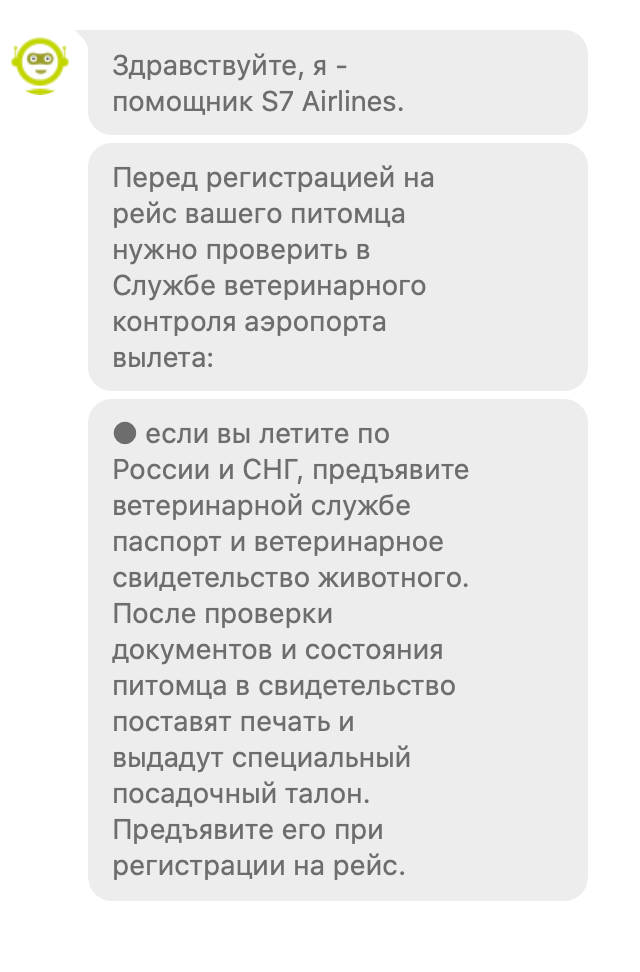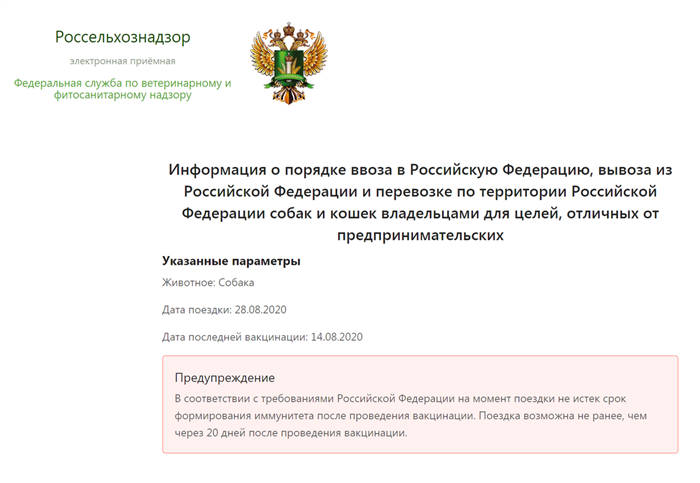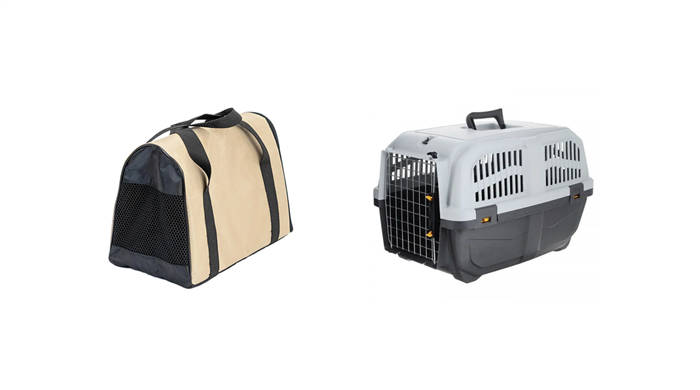Of course, the harness must be chosen according to the size of the cat and so that it does not come off.

- What you need to know about transport of cats
- The carrier is the most important thing on the trip
- Documents for the trip and where to get them
- Travel with pet on train, plane, cab
- Which shelf is more comfortable for a cat to travel on?
- 🐱Transporting a cat on the train: which carriages are allowed to take the pet
- Where we went with the dog
- The final route of our trip
- Pet documents
- Cat sedatives
- Useful tips
What you need to know about transport of cats
It is important what kind of transport you are going to take the cat. There are three options: car, train, and plane.
If you don't need any documents for transporting the cat by car (and bus) within the country, and no documents are required on the train, but the cat won't be taken by plane unless it has a veterinary passport with vaccination records. You especially need a rabies vaccination, made at least a month before the date of travel. Vaccination is done at the veterinary clinic. You also need to find out in advance if the air carrier takes pets in the cabin, and find out all the requirements for the carrier and the carriage… You usually need to reserve a seat for the pet in the cabin beforehand.
The carrier is the most important thing on the trip
If you plan to take your cat anywhere by any means, you should first get her used to the carrier. In a car or train it is better to take a plastic carrier – it is stronger, tougher and easier to clean. On the plane, only a small soft carrycot is good if it goes in the lounge. In luggage – only plastic.
So, the carrier needs to be bought and put in the house. The cat should sniff it, climb inside, and preferably sleep in the carrier. So it is better, if you think about buying a carrier the moment you take the cat in the house. The better the cat is used to the carrier the easier it will be to travel. Any kind.
When the carrier became "home" for the cat, where it feels safe – any trip will be much smoother.
Documents for the trip and where to get them
To carry the pet in Russia it is important to have the pet's passport, rabies and virus infection vaccination marks. Also, the animal's passport will need a mark on its health and readiness for transportation. This service is done only in state veterinary clinics. If you do not have a pet passport, you can also get it at the vet clinic.
If the cat is very stressed by car rides and other changes of scenery, you can buy a sedative. Choose a quality product recommended by your veterinarian, without chemical additives, so that the cat is not allergic, and calculate the dose according to the instructions.
You'll also need an absorbent, disposable carrier diaper. You'll be safe from the unexpected.
Take cat food and treats. Treats can sometimes be given on the trip so the cat knows you are there for him.
Be sure to take the cat's personal litter box and filler. Arrange the toilet area as soon as you arrive and show the cat. Pets may not go to the toilet for up to 6-8 hours in a stressful environment. If you have a long route, the toilet area will need to be arranged after that time.
Also, if you have a harness for the cat and he is accustomed to it, you can go out to breathe with the cat in small breaks on the train.
Travel with pet on train, plane, cab
Train. Buy a ticket for a train exclusively with the pet option.
As for behavior in the cabin of the train. Place the carrier with the cat under your seat. Taking the cat out in your arms is usually not allowed. I try not to pay attention to the cat, the only exception is if he is throwing a tantrum. If he meows a little, I prefer not to reinforce this action with my reaction, the cat should understand that the sounds will not work.
Plane. Upon arrival at the airport, you will need to go through a vet inspection. It is in a separate part of the airport, it is better to see in advance its location. Also you will not be able to check in online, customers with pets can only check in at the airport.
As for behavior on the plane. I recommend taking tickets with your pet in the boeing cabin. Place the carrier with the kitty under the seat in front of you. It is also strictly forbidden to take the kitty out, but some stewardesses allow you to put the carrier on your feet. My principle of action is the same as in the train – do not back up the animal's screams with a reaction. If the situation is stalemated, you have to try to calm the cat – talk to him affectionately, make him understand that he is not alone.
Cab. Be sure to call a cab with the function of taking the pet, otherwise cab drivers may refuse you. For the animal, of course, adds cost. The same procedure as in the train: the cat is only in the carrier.
That's the end of all the useful information for traveling with a cat. Glad to have shared it with you!
Readers Travel. Memories of the most impressive trips
Which shelf is more comfortable for a cat to travel on?
Here it is probably more correct to say not more comfortable, but more relaxed, because the cat's comfort in these conditions is unlikely. According to nature, the top shelf is more comfortable for the pet. If a person is seated on the second shelf, then the cat has the opportunity to get on the luggage shelf, which is located on top, and from there to observe what is happening. No one sees her, but she sees everyone. The upper shelves save the cat from unnecessary attention from other people and unnecessary attempts to play or pet it. From the top shelf the cat has easier access to the window, while on the bottom shelf the table prevents it.
Of course, traveling by train is not the most comfortable option for traveling with a cat, but proper and timely preparation can make it easier.
Have you had any experience traveling with your cat by train, plane or car?
If you're interested in cat behavior, I'd love to have you as a subscriber to my channel!
🐱Transporting a cat on the train: which carriages are allowed to take the pet
Do people take cats on trains? Is it allowed? Of course! And for a long time already. Trains are used by many cat owners, when you need to go on vacation and did not leave the pet with someone.
There is no catch, but there are pitfalls. It all depends on the carrier. The fact that not all cars are not allowed with pets.
Before you buy a ticket, you need to know which carriage and train can go with a cat. Read in detail the conditions of carriage, and only then buy a ticket.
To take the cat, you must buy a special baggage ticket. Its price will be much less than the ticket, and will depend on the distance and class of the carriage. The average cost of such a receipt – 500 rubles.
In which compartment or compartment to transport animals is set by the carrier. It is better to buy a ticket at the ticket office to be sure to leave with the cat, without surprises.
This is necessary when it comes to high comfort cars or SV. In a regular compartment you do not need to buy all four seats. The conductor will only require your ticket and a receipt for the cat.
Of course, your compartment mates are unlikely to be happy with such a neighborhood. But what can you do.
First of all, you need to buy a sturdy carrier-container with handles. Carriers are equipped with lattices, which are attached to bowls of food and water.
Next, a ticket and receipt for the cat are issued. The veterinary passport and veterinary certificates are not required when traveling within the country. Abroad, it is obligatory.
If the cat is calm, you can take it out of the carrier, but keep it in your arms so it does not disturb the other passengers. If the cat is anxious, you need to give it a sedative, which was given to the animal in advance a week before the trip.
More than 200 trains now allow unaccompanied pets to be taken on board.
Cats are placed in special luggage compartments. There, the pets are looked after by conductors.
To send a cat on the trip, the owner must personally write an application at the ticket office and fill out a form, where he will get a cat, his full name, phone number and passport information.
Where we went with the dog
Our Phoebe is a cross between a Maltese and a poodle, a breed called a Maltipu. They are small dogs with an average weight of 3-3.5 kg . The size was the decisive factor in choosing a pet, because my boyfriend and I immediately planned to take the animal with us on trips. We were afraid of not being able to handle a large dog and didn't want him to have to travel in the luggage compartment: only small animals are allowed in the cabin.
In July 2020 we decided to take a trip to Russia. Phoebe was six months old at the time. We did not plan the itinerary in advance: we bought all the tickets, except for the first flight from St. Petersburg to Ulyanovsk, 2-3 days in advance.
The final route of our trip
| From where to where | By what means did we get there |
|---|---|
| St. Petersburg – Ulyanovsk | By plane |
| Ulyanovsk – Kazan | By train |
| Kazan – Nizhny Novgorod | By Blablacar |
| Nizhny Novgorod – Vladimir | By train |
| Vladimir – Suzdal | By cab |
| Suzdal – Ivanovo | By cab |
| Ivanovo – Kostroma – Plyos – Ivanovo | By Bus |
| Ivanovo – St. Petersburg | By plane |
The first trip with Fiba was a success. It was not as difficult as I had always imagined. The main thing is to be prepared beforehand, and to consider all the nuances, from documents to the behavior of an animal.
- To prepare all documents before the flight: do all vaccinations at least 30 days before departure, get vaccination certificate, and 5 days before departure get a stamp confirming the animal's good health. Obtain a veterinary certificate if required by the airline.
- Understand the rules of transportation and pay for the pet's travel.
- Choose a carrier to meet the carrier's requirements.
- Make a reservation for accommodations that allow pets.
Pet documents
You do not need documents for rail, bus, and train travel.
To travel by plane in Russia, a pet only needs a veterinary passport and a health stamp no older than 5 days. As of 2017, the Ministry of Agriculture no longer requires veterinary accompanying documentation if the pet is not traveling for sale and does not change owners along the way.
However, some airports and airlines, such as S7, still ask for a veterinary certificate on Form No. 1. So it is better to check in advance with the airport veterinary control office and the air carrier for information about the necessary documents.

Veterinary passport and vaccinations. The veterinary passport is usually drawn up at the clinic during the first vaccination of the animal. It should indicate such vaccinations:
Vaccinations last 1 to 3 years, so they must be repeated regularly. From the last vaccination before the flight at least 30 days and no more than 12 months should pass. This is the period of time when immunity against diseases is formed and works.
Rosselkhoznadzor warns that traveling in Russia for an animal is possible not earlier than 20 days after the last vaccination. However, most airlines, such as S7 and UTair, require a 30-day quarantine before a flight.


Cat sedatives
If a pet is nervous on the road or behaving inadequately, it is better to use sedatives. The list of effective remedies includes:
- Fitex – special drops that are easy to give and during the trip. It is better to use them before boarding the train, so that the animal can calm down and tolerate the road easier. It is better to give the drops already a month before the trip, as the remedy has a cumulative effect.
- Stopstress is a faster and more pronounced effect. Not addictive, it is recommended to give in drops.
- Fospasim is a homeopathic remedy, the effect of which is aimed at eliminating jitteriness, panic, stress and aggression.
You can go to the veterinarian in advance and explain the problem of the animal's behavior on the road. In extreme cases, the specialist gives the cat an injection of sleeping pills. For a long time, the cat will sleep.
Useful tips
Transporting a cat on the train is difficult for owners, because during the whole time people are worried about the condition of their family member. Ease the plight of the animal can be made easier by observing the following recommendations:
- Do not limit the cat's access to water. Place a bowl of water in a container and constantly monitor its contents.
- At the stations, it is required to walk the cat. A leash is used for this purpose. Walk it as far away as possible from large crowds of people, but observing the safety technique.
- During the walk, make sure the animal has gone to the toilet. If not, there may be health problems. Sometimes the animal will not go to the toilet or eat or drink during the trip, which can last for up to 3 days. In this case, immediately upon arrival you should go to the veterinarian and explain the situation. The doctor will prescribe treatment to eliminate dehydration and restore the function of the urinary system.
- It is best to take dry cat food on the road. But if the pet has not tried it before, it is better to keep the previous food and provide it on the train. Otherwise you may encounter stomach and intestinal upset.
Carefully monitor the condition of your cat during the trip. If the situation allows, you can take the leashed animal out of the container and hold him in your arms. Or put it to sleep next to you, if you know for sure that it will not run away. To avoid curiosities, it is better to tie the leash to the train table.






